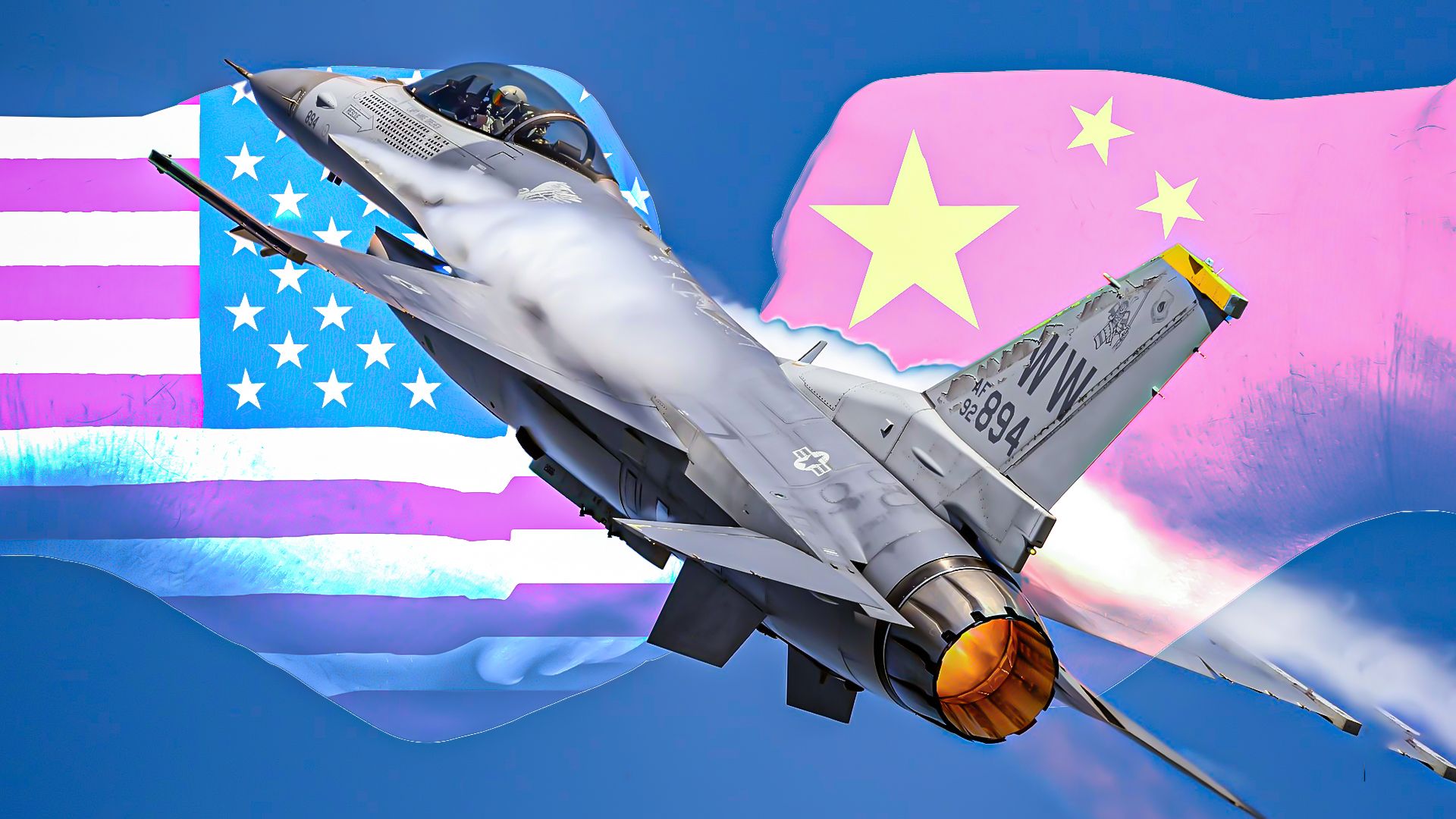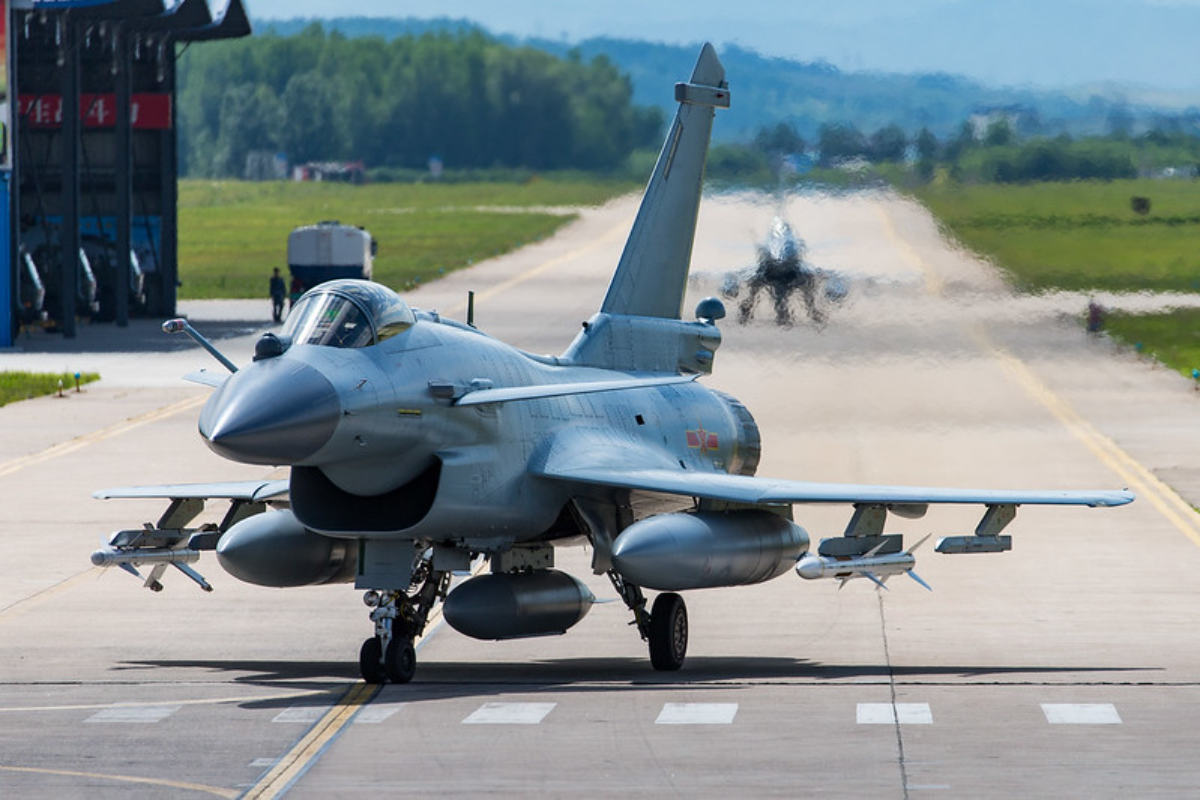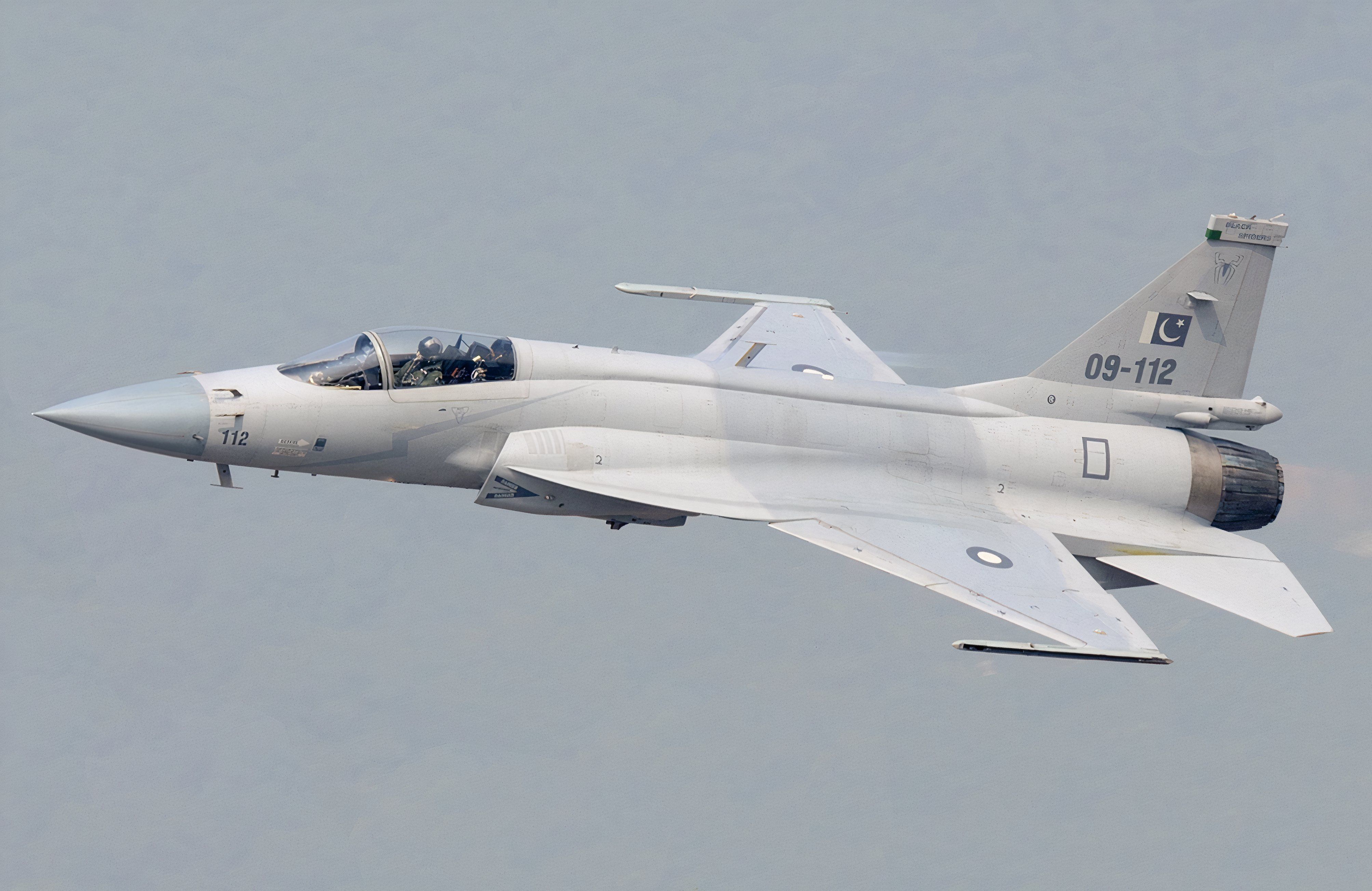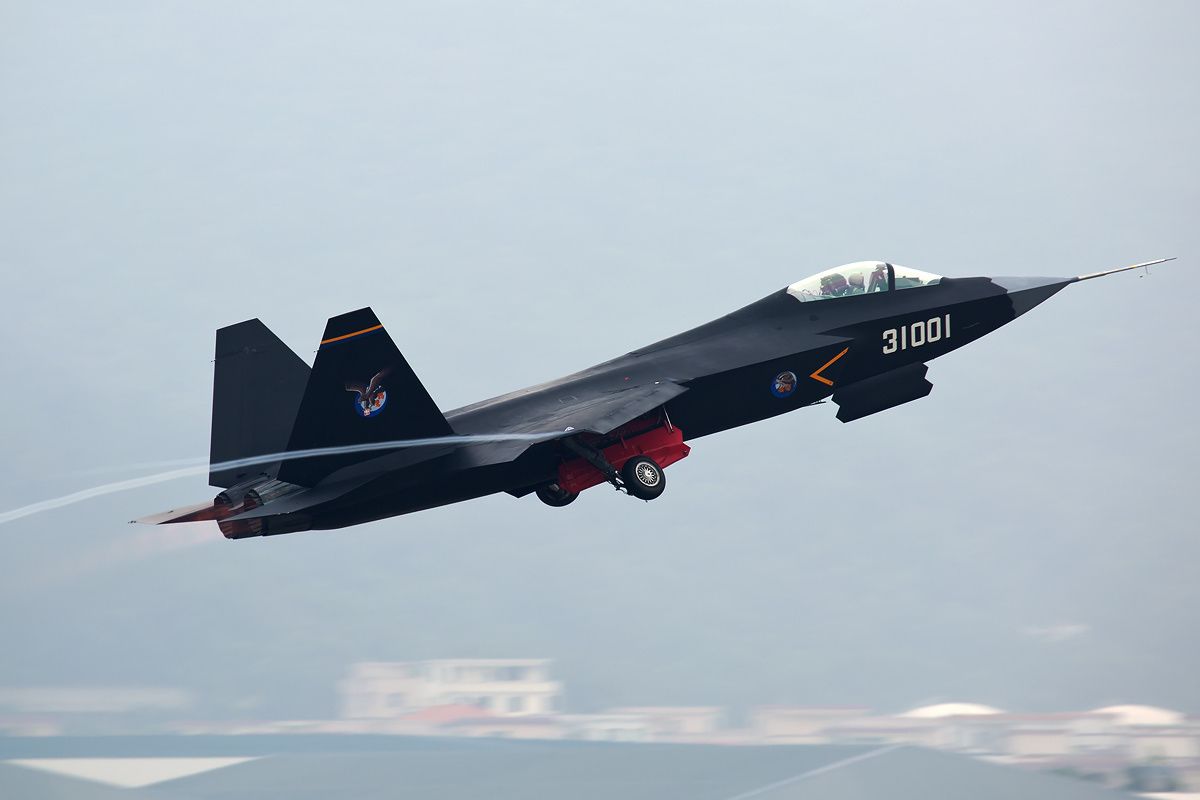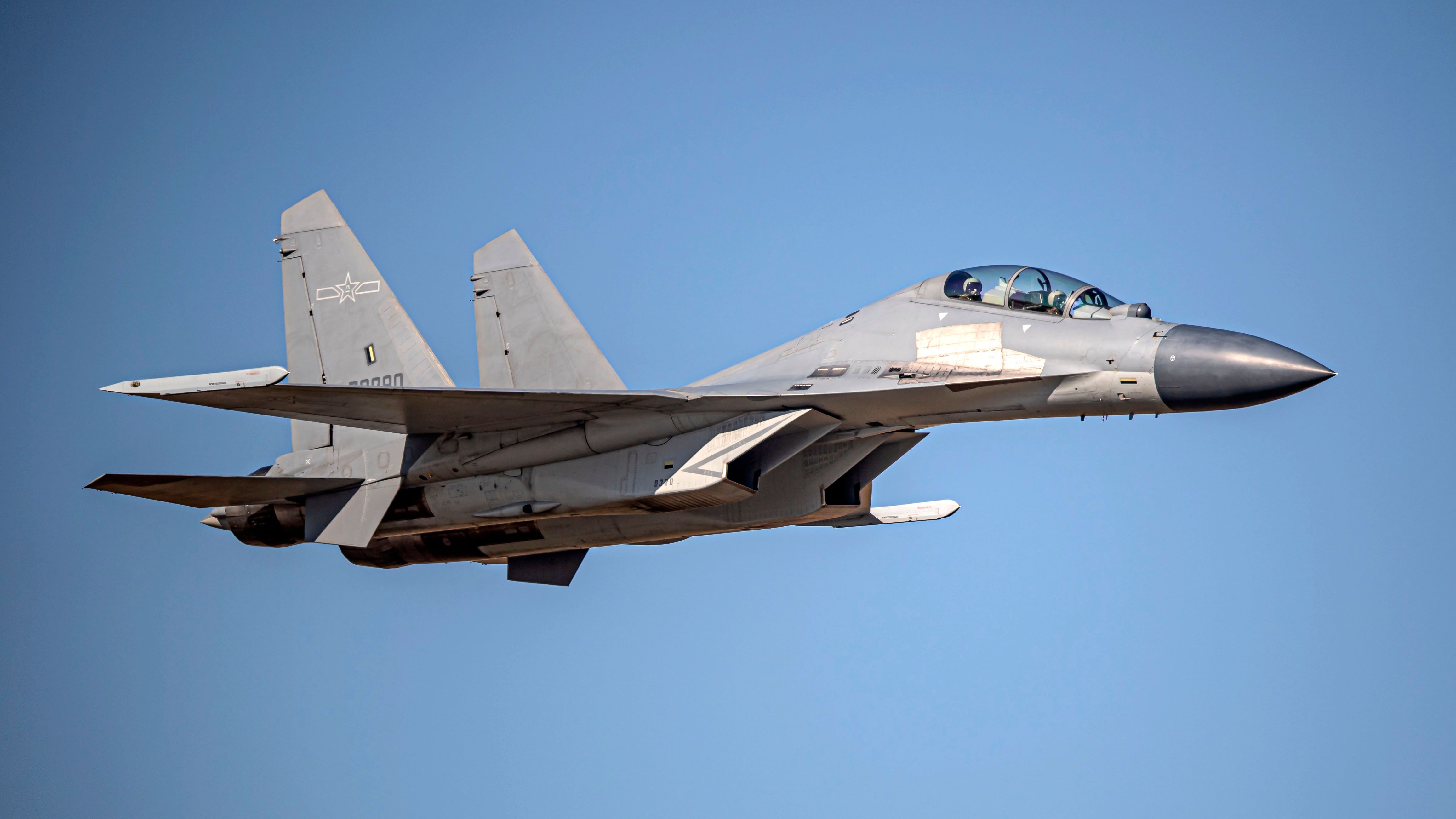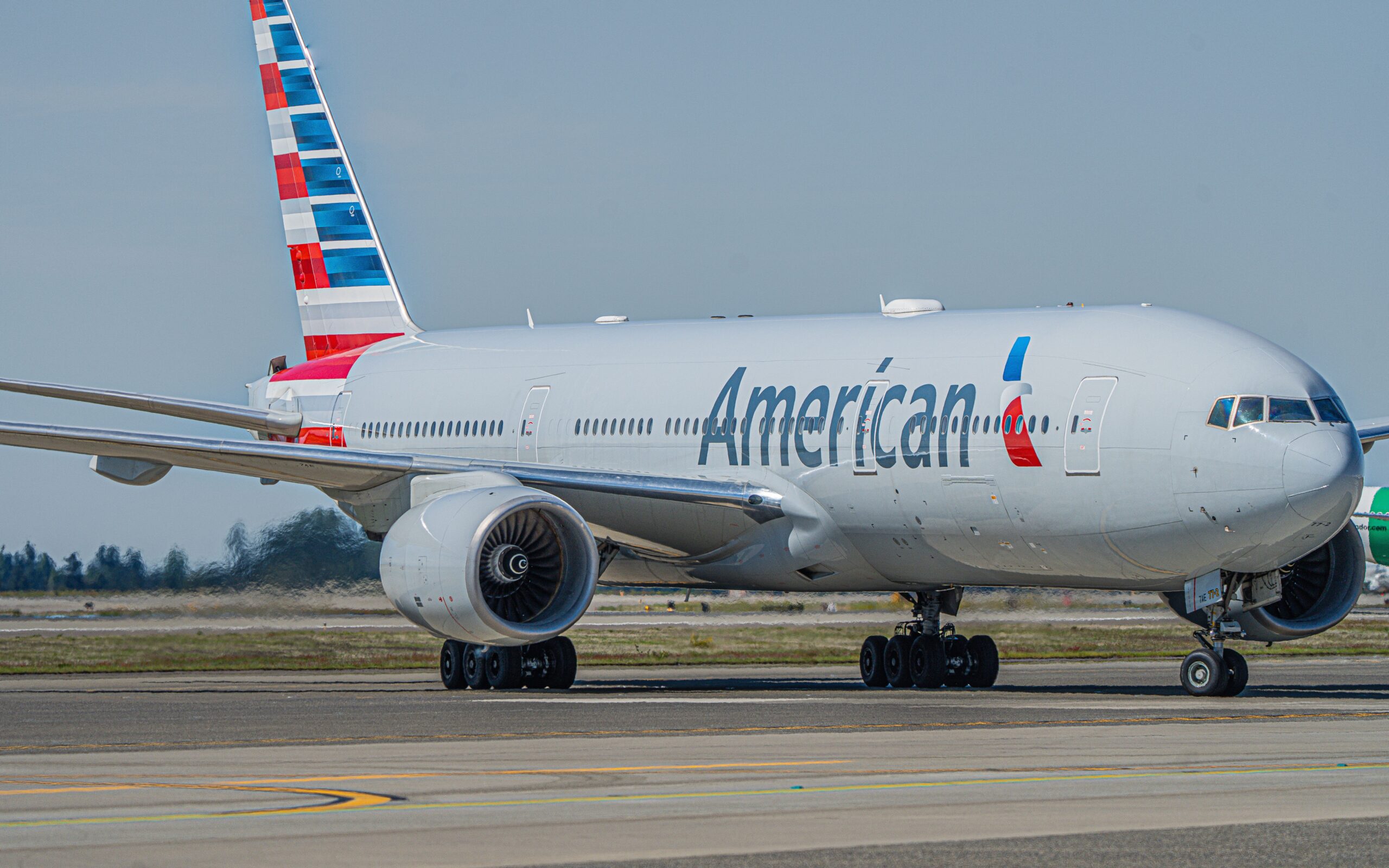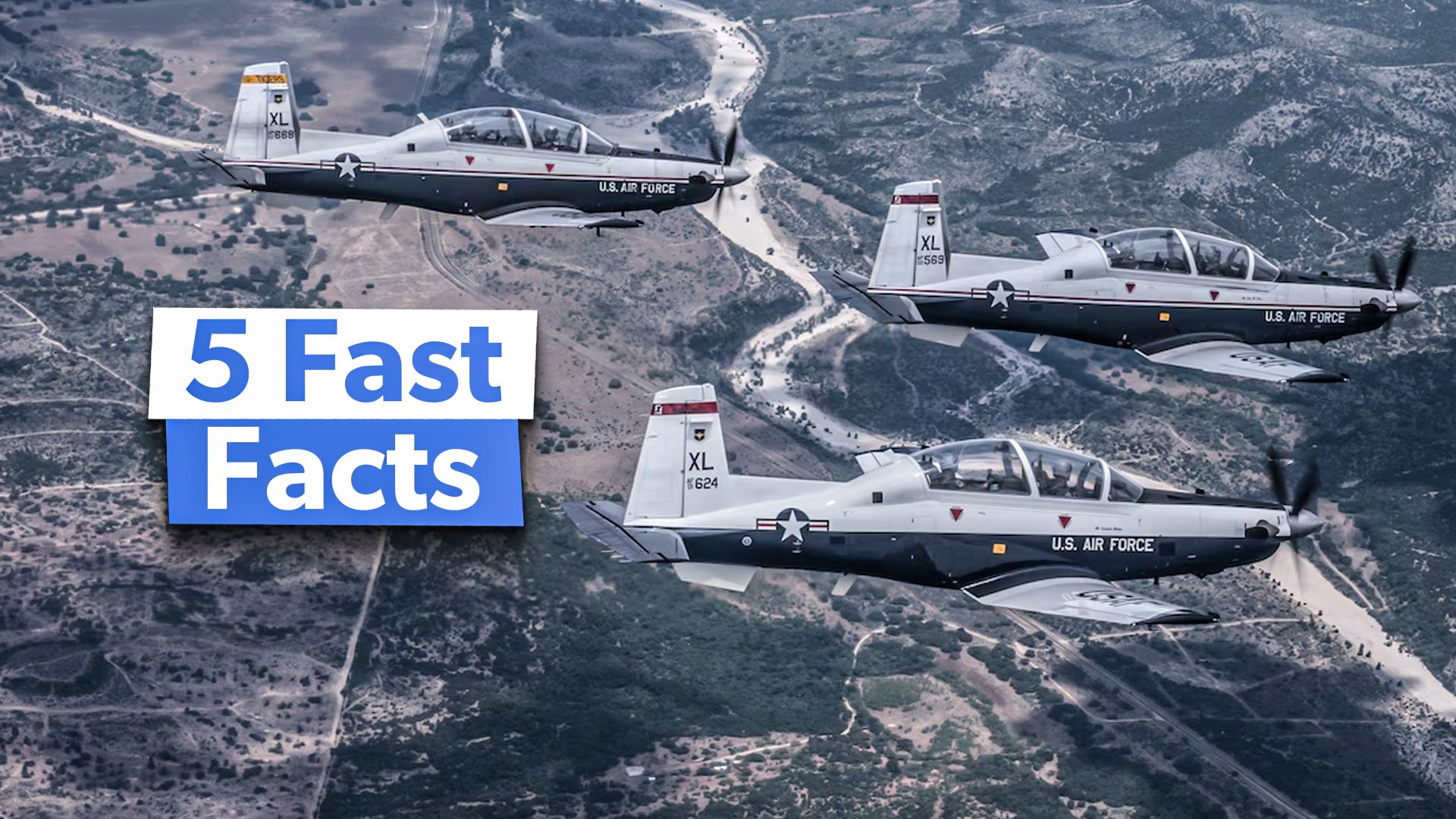China’s military aviation
industry has rapidly evolved, in no small way, thanks to their efforts in reverse engineering American aircraft. Over the decades, they have continued analyzing the designs of iconic US military
jets like the F-16 and F-22. China has developed advanced fighters and drones that bolster its air power through espionage, forensic engineering, and eventual replication. Naturally, due to their close diplomatic relationship, the Chinese aerospace industry has also made limitations of Russian airframes as well. Sometimes, it is under license with cooperation and sometimes, it is of their own initiative. This practice has allowed China to merge innovation with proven technologies
, resulting in decades of aircraft development accomplished in a fraction of the time, giving rise to air forces that challenge traditional power dynamics within the global security balance.
In the early days, the Korean War prompted Soviet support for China’s indigenous aircraft industry, leading the Shenyang Aircraft Corporation to produce the two-seat MiG-15UTI trainer as the JJ-2 and various components for Soviet fighters
. By 1956, China was assembling copies of the MiG-15, and by 1964, it was manufacturing the Shenyang J-5 (MiG-17) and J-6 (MiG-19) under license. However, the 1960s were challenging for the People’s Liberation Army Air Force (PLAAF) due to the withdrawal of Soviet aid amid the Sino-Soviet split that forced a focus on missiles and nuclear programs, draining resources from aircraft development
. Resurgence began around 1965, with China providing support to North Vietnam against the United States. Thus began the Shenyang J-8, China’s first indigenous fighter. Let’s look at some modern examples of PLAAF and PLAN platforms that have been developed using the same methodology.
6
Chengdu J-10 (F-16)
The Chengdu J-10 was a direct derivative of the General Dynamics
F-16. It is a multi-role fighter known for its agility and advanced avionics, excelling in air-to-air and air-to-ground missions. In the 1980s, the U.S. and Israel collaborated to develop a combat aircraft based on the F-16, but rising costs led the US to withdraw, leaving Israel’s “Lavi” fighter unfinished. Israel then sold the Lavi’s development plans to China, which included access to F-16 technology
.
The final production aircraft
became known as the Chengdu J-10, a single-engine, multi-role fighter with a delta wing and canard design. Authorized by Chairman Deng Xiaoping in the 1980s, it was initially designed as a specialized fighter, but the J-10 evolved into a versatile aircraft. Officially unveiled in 2007, today over 700 units have been produced. The J-10C features upgraded technology, including AESA radar and advanced missiles, while the export version, J-10CE, has been adopted by the Pakistani Air Force.
5
The JF-17 Thunder (F-16)
The JF-17 Thunder, a collaboration between Pakistan and China, offers an affordable alternative with modern capabilities that are primarily designed to mimic the F-16’s features. This platform bears a strong visual resemblance to the F-16. China’s J-7 was based on the MiG-21 platform, but once again, after gaining access to F-16 design specifications through Israel’s “Lavi” program, China combined technologies from both aircraft to develop a new fighter.
The FC-1, known as the JF-17 in Pakistan, showcases features from both the F-16 and MiG-21, including an F-16-style nose and tail with a MiG-21 wing design. The latest variant of the JF-17 boasts advanced features such as AESA radar
, air-to-air refueling, increased use of composite materials, fly-by-wire technology, and modern Chinese air-to-air missiles.
The JF-17 is also produced in Pakistan and has been sold to customers, including Myanmar and Nigeria.
4
Chengdu J-20 (F-22)
The Chengdu J-20 is a not-so-subtle derivative of the Lockheed Martin F-22
Raptor. Claimed to be a fifth-generation stealth fighter focused on air superiority and advanced sensor technology, the J-20 is China’s first-in-class. It made its maiden flight on January 11, 2011, and was officially unveiled at the 2016 Chinese Air Show. The aircraft entered service in March 2017 and began combat training by September of the same year, with its first combat unit established in February 2018.
3
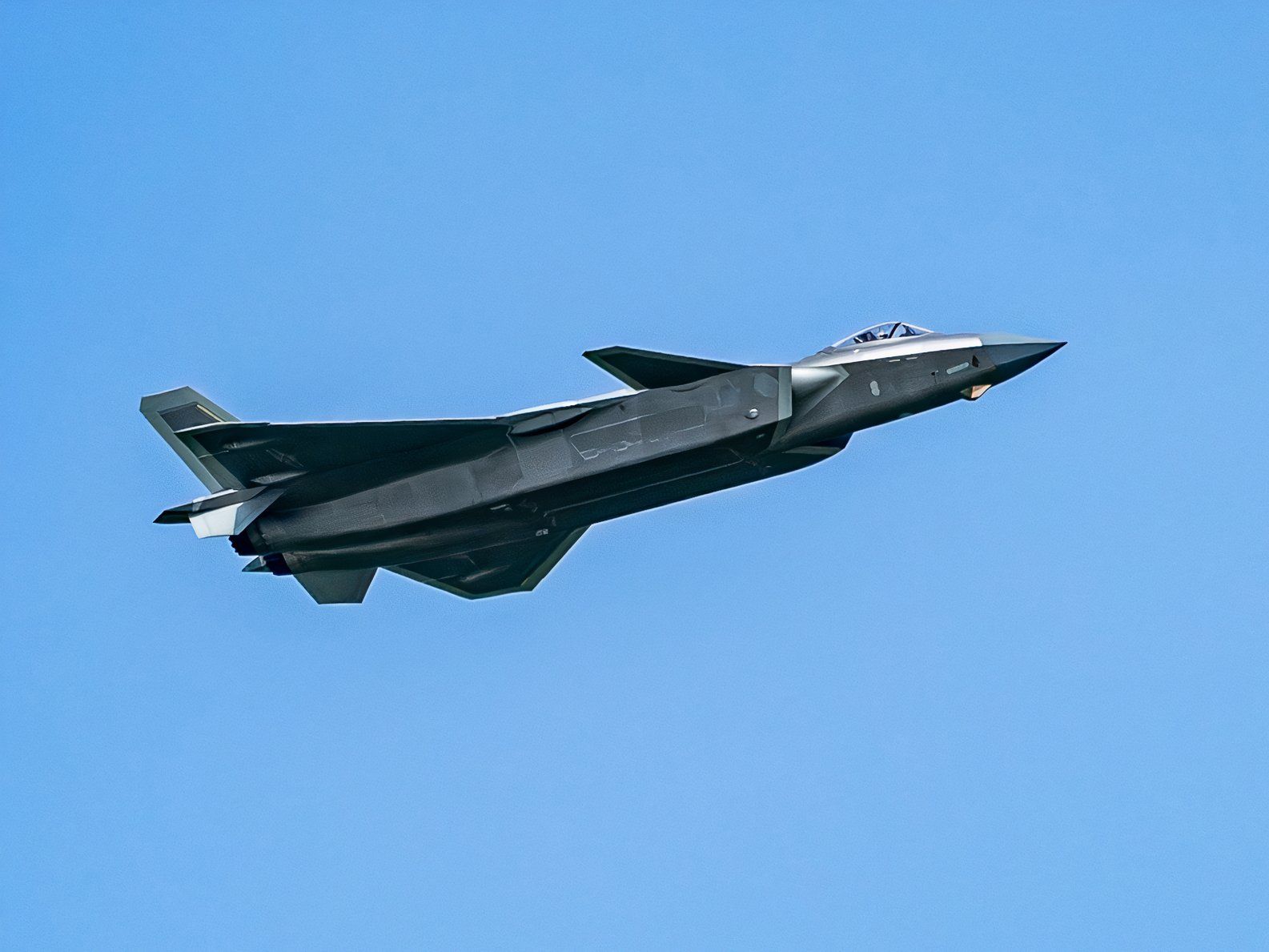
The J-20’s tactical roles are stated to be air superiority and air-to-ground precision strikes. The J-20 is the third operational fifth-generation fighter globally, following the F-22 and F-35. Although its design resembles the F-22 – due to allegedly stolen design details – experts believe the J-20’s stealth
capabilities are limited by its materials and radar-absorbent coatings. Despite concerns about its radar signature being larger than that of the F-22, China has produced around 300 J-20s and plans to continue large-scale production.
2
The J-31 Gyrfalcon (F-35)
The Shenyang J-31 (also known as FC-31 and J-35) mirrors the Lockheed Martin
F-35 and bears a visual resemblance to the F-22 as well. Emphasizing stealth and versatility, the J-31 is a twin-engine, mid-size fifth-generation fighter currently under development in China. Initial images of the model were labeled as F-60 and emerged online in 2011. The first prototype conducted its maiden flight on October 31, 2012. The J-31 is intended to have two variants – a carrier-based fighter and a land version for export – in a direct attempt to compete with the F-35. An improved prototype featuring modifications and enhanced stealth made its maiden flight in December 2016. By November 2018, the program received priority development status from both the People’s Liberation Army Air Force (PLAAF) and the People’s Liberation Army Navy Air Force (PLANAF). Although the J-31 borrows design elements from the F-35
and F-22, its development is hampered by China’s limited experience with stealth technology.
Pakistan has already expressed interest in acquiring the J-31 when production begins.
1
Hidden Dragon, the J-16D (E/A-18G)
The J-16D was inspired by the ![]() Boeing
Boeing
EA-18 Growler. Its tactical mission specializes in electronic warfare and the suppression of enemy air defenses. In a slightly different style of mimicry, the airframe itself is not largely derived from its US counterpart. Rather, the weapons, avionics
, tactical equipment and combat role are intended to mirror the functions and performance of the Growler. In the 1970s, Shenyang proposed a new light fighter powered by the Rolls-Royce Spey 512 engine, aiming for better performance than the MiG-19 and MiG-21. The J-16 is a successor to the J-11, which entered service in 1998 as a Chinese version of the Sukhoi Su-27 SK, following a $2.5 billion agreement to produce 200 aircraft with Russian-supplied kits. Initial integration faced challenges, leading to temporary reversion to Russian engines until the Chinese-produced WS-10A proved reliable by 2009.
Despite improvements, the legitimacy of the J-11/J-11B as an original design is also questionable. Russia has investigated potential intellectual property violations.

